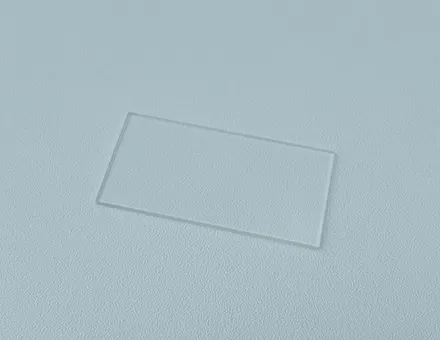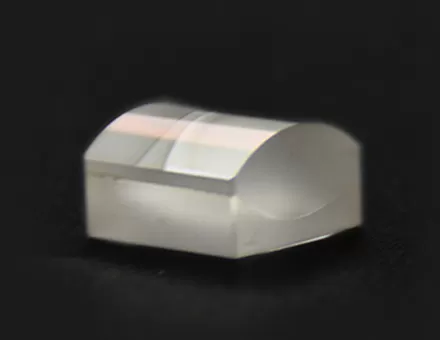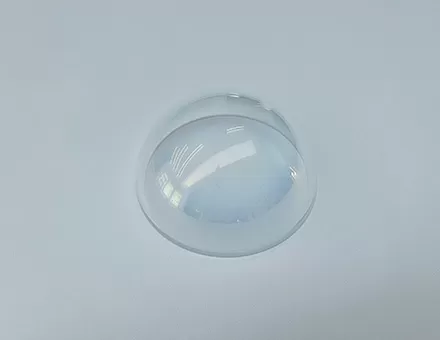In the production and application of the filter, it is often encountered that test data of filter product coating is not the same as the measured spectrogram after a few days and the wavelength of the filter has shifted. Ecootik Co. Ltd. mainly sorted out the following aspects as well as the preventive measures for the wavelength shift of the filter.
1. Aggregation density of the film
2. The refractive index and geometric thickness of the film change with the operating environment
As far as the aggregation density of the film is concerned, the aggregation density of film prepared by the conventional process is usually less than 1. Therefore, the optical thickness of the film can vary up to 1%-5% with different moisture absorption conditions, which means that the central wavelength of the ultra-narrow band optical filter used for a lightning detector with the central wavelength of 777.4 nm will shift to the long wave after moisture absorption of 7-37.5 nm. This drift not only changes with environmental humidity but also when the optical filter film is composed of the dense film with high aggregation density and loose film with low aggregation density, the time of wavelength shift can last several days or even several months due to the blocking effect of the dense film, which brings difficulties to the practical application of the filter.
3. The loose structure caused by low aggregation density inside the film is the main cause of spectral drift
At present, ion beam assisted (IBAD), reactive ion plating (RIP) and ion beam sputtering (IBS) and other deposition techniques have been used to make the aggregation density of the film equal to or even greater than one. In this case, it is considered that there is no moisture absorption gap in the film, and the thickness change or wavelength shift of optical filter film caused by moisture absorption can be ignored, so the central wavelength shift caused by thermal expansion and refractive index of the film material with temperature change becomes the main factor. Because it is caused by temperature changes, it is generally called temperature stability.
The basic starting point of the Takahashi model is that when the ambient temperature of the optical filter film changes, on the one hand, the volume of the film itself increases due to thermal expansion, resulting in the decrease of the average aggregation density of the film and the change of the film thickness and refractive index. On the other hand, the thermal stress of the substrate and the film system causes the elastic deformation of the film and the volume change of the film, resulting in the thickness and refractive index change of the film. If these two processes can be compensated effectively, zero shift of the center wavelength of the filter can be achieved.


















 EN
EN





